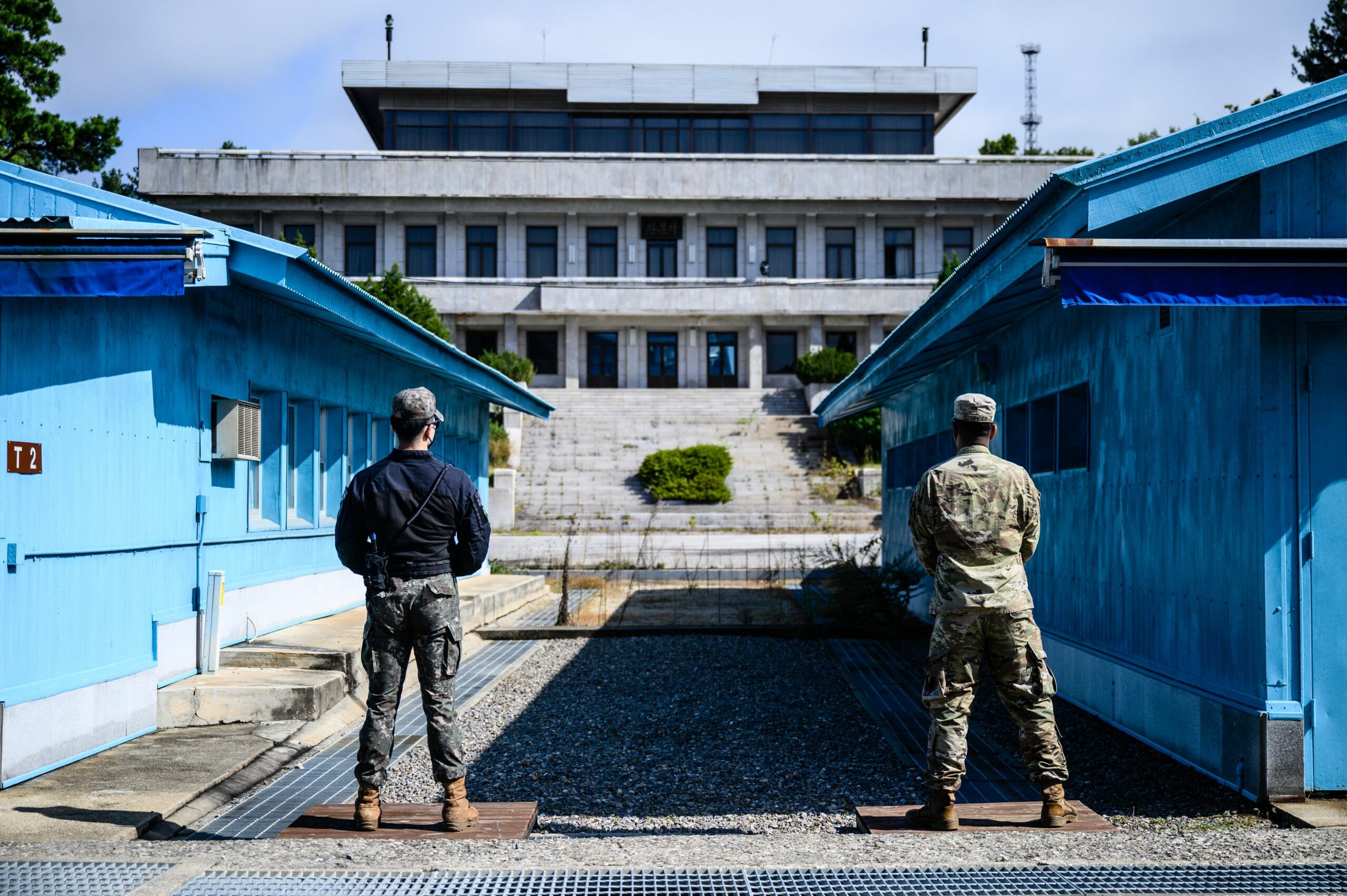Inter-Korean relations are likely to enter a new period marked by frequent periods of instability and high likelihood of operational disruption.
This assessment was issued to clients of Dragonfly’s Security Intelligence & Analysis Service (SIAS) on 6 October 2022.
This is particularly for the aviation and shipping industries. North Korea seems confident in its missile capabilities and willing to provocatively test them, and it now seems disinterested in talks with the US unless the latter abandons its preconditions for denuclearisation. This is very unlikely. With the new South Korean administration adopting a hard line, the North will probably see escalations as its main avenue to seek concessions.
We anticipate that Pyongyang will seek to trigger a regional security crisis in the near to medium term. Based on precedent this would probably involve a brief military exchange between the North and the South, but would unlikely escalate into a conflict. Actions the North could pursue to trigger this include shelling a South Korean island or sinking a South Korean vessel. This would probably be alongside further long-range missile tests without warning. These would have a high potential to cause widespread disruption to air traffic and shipping around the Sea of Japan.
Aviation risks increasing
Long-range missile tests by North Korea are likely to become more frequent and unpredictable in the coming months, pushing up aviation risks in the region. Its most recent launch on 4 October suggests that the North now has operational missiles that are able to fly further than ever before, and with the capability to impact aircraft at cruising altitudes.
We doubt Pyongyang is intent on targeting commercial aircraft. But the North has rarely issued warnings before it conducts tests, making it difficult to anticipate and avoid missiles’ flight paths. In a sign of this, a missile fired by Pyongyang in July 2017 crossed the active flight path of a commercial airliner.

The North’s most recent firing also indicates Pyongyang’s rising risk appetite around such launches. In recent years, the North has seemingly tried to minimise the risks to aviation by firing missiles into the Sea of Japan, where there is little air traffic. But the missile fired on 4 October flew over Japan and fell into the Pacific Ocean. This path widens the area that could be impacted by aerial debris should the missile break up in flight or be intercepted. The North has only carried out a handful of long-range firings over Japan in the past two decades.
Provocative missile tests are raising indirect risks to commercial aviation in the region. The North has improved its missile capabilities in recent years. But defence experts cited in international media continue to consider that North Korean systems are largely unreliable. This sustains the potential for a missile to veer off course or break up in flight. National aviation regulators have issued warnings in recent years for airspace within and close to North Korea. But with the North now likely to expand the scope of its testing, there is a potential of risks to expand outside of airspace designated in these advisories.
Potential escalation
We assess that there is now a high likelihood of a short-lived security crisis in the Korean Peninsula in the coming months. In addition to the North diversifying its arsenal in recent years, Kim Jong-un also appears unlikely to engage diplomatically with the US, in our analysis. This is particularly as Pyongyang will almost certainly not agree to denuclearise, an ongoing precondition for talks by the US that is highly unlikely to change.
New administrations in South Korea and Japan are also adopting a more assertive stance towards the North than their predecessors. This also makes an escalation more likely than in recent years. Unlike the previous government in Seoul, South Korea is now prioritising its dialogue with the US rather than outreach to the North; signalling this, the two carried out a joint military training in the area on 4 October. It also responded to the North’s recent missile test by launching its own ground-to-ground missiles on 5 October. Japan has also said it will consider ‘the acquisition of counter-strike capabilities’ following the firing by the North.
On current indications, there are several actions Pyongyang is likely to use to provoke an escalation. These include:
- More frequent long-range missile tests and nuclear test
- Shelling a South Korean island
- Sinking a South Korean vessel
- Short-lived naval battle with South Korea
- Military skirmishes/firing alongside demilitarised zone (DMZ)
All of these scenarios would carry a high potential for widespread operational disruption in the region, as well as impacts on local financial markets. The authorities in South Korea would most likely respond to any of these actions by scrambling fighter jets and engaging in brief military encounters with the North. That said, we still doubt this would lead to a wider military conflict. This is because North Korea’s main objective is very likely to remain obtaining major concessions, such as recognising it as a nuclear state.
Image: United Nations Command soldiers and a South Korean soldier stand guard before North Korea’s Panmon Hall and the military demarcation line separating North and South Korea, at the Joint Security Area (JSA) of the Demilitarized Zone (DMZ) in the truce village of Panmunjom on October 4, 2022. Photo by Anthony Wallace/AFP via Getty Images.




